Chile soup (with an 'e') is a dish made primarily from peppers (capsicum varieties), distinct from chili (with an 'i') which is a meat-based stew. This comprehensive guide provides step-by-step instructions for making authentic chile soup, including ingredient selection, cooking techniques, and expert tips to balance flavor and heat. Whether you're a beginner or experienced cook, you'll learn how to create delicious, flavorful bowls of chile soup at home.
Table of Contents
- What Exactly Is Chile Soup?
- Types of Chiles You Can Use
- Chile Heat Level Chart
- 7 Secrets to Elevate Your Chile Soup
- Buying Guide: Best Chiles & Tools for Soup-Making
- Frequently Asked Questions
- Final Thoughts
What Exactly Is Chile Soup?
Chile soup is a versatile dish centered around peppers, emphasizing layered flavors beyond just heat. It draws from traditional Mexican preparations like sopa de fideo con chile and modern fusion broths, where dried ancho chiles, roasted poblano peppers, or fresh jalapeños form the foundation. The key lies in balancing spice, sweetness, and earthiness to suit every palate.
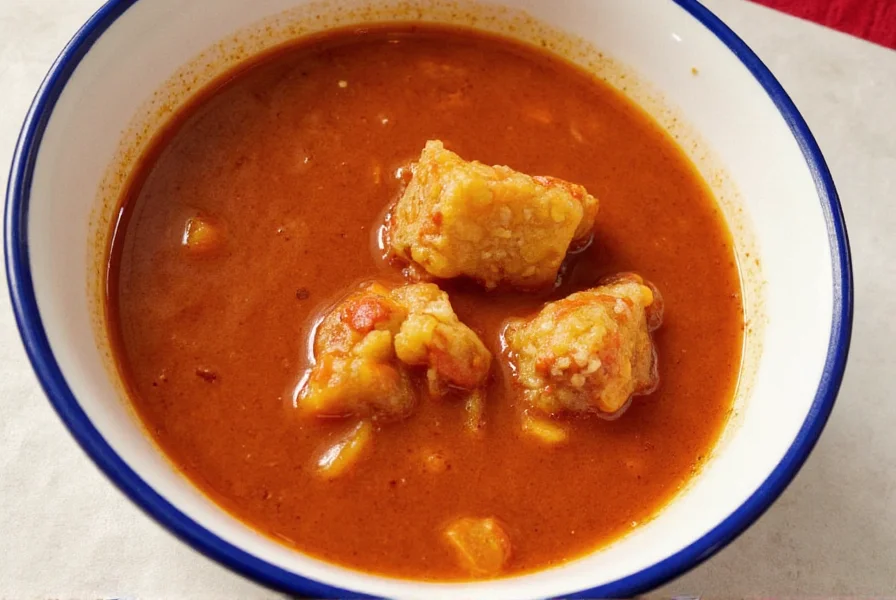
Types of Chiles You Can Use
Selecting the right chile transforms your soup from bland to brilliant. Here are popular options:
- Ancho: Sweet and fruity with mild heat (dried version of poblano)
- Guajillo: Medium-hot with berry-like undertones
- Pasilla: Slightly smoky and dark, often used in mole-style soups
- Jalapeño: Fresh and crisp with a moderate kick
- Hatch Green Chile: Roasty, tangy, and uniquely flavorful
- Habenero: For serious heat lovers (use sparingly!)
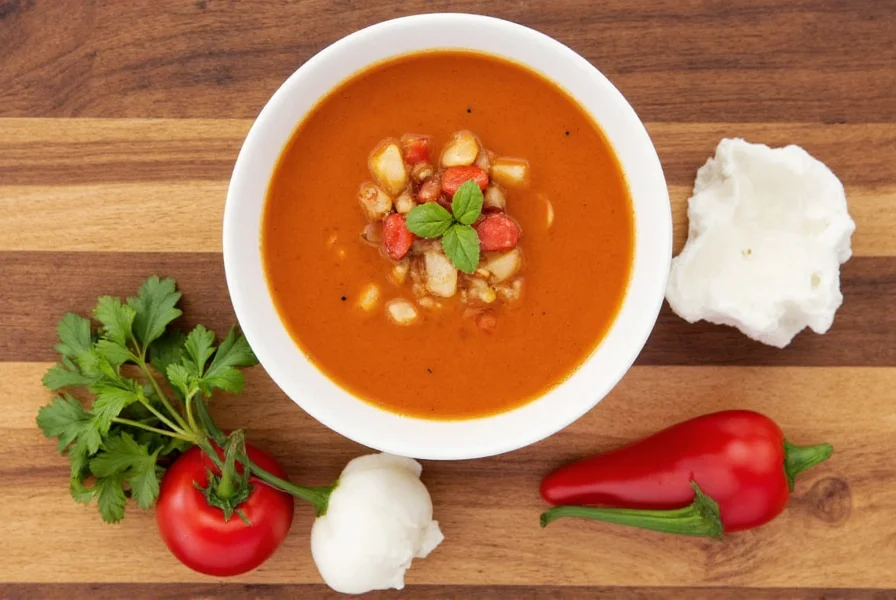
Chile Heat Level Chart
| Chile | Heat Level (SHU) | Taste Profile |
|---|---|---|
| Shishito | ~500 SHU | Mild, sweet, grassy |
| California Poblano | ~1,000 SHU | Earthy, mildly spicy |
| Ancho | ~1,000–2,000 SHU | Fruity, deep |
| Guajillo | ~2,500–5,000 SHU | Berry notes, medium-spicy |
| Pasilla | ~1,000–2,500 SHU | Smoky, raisin-like |
| Hatch Green Chile | ~2,500–10,000 SHU (varies by variety) | Sweet, roasted, tangy |
| Jalapeño | ~2,500–8,000 SHU | Crisp, vegetal, bright |
| Cayenne | ~30,000–50,000 SHU | Sharp, intense heat |
| Habanero | ~100,000–350,000 SHU | Fiery, citrusy |
7 Secrets to Elevate Your Chile Soup
Ready to take your chile soup game to the next level? Here are seven game-changing tips from professional chefs and culinary experts:
- Roast Your Chiles First
Rositing intensifies flavor and brings out smoky depth. Place whole chiles over an open flame or under the broiler until blistered, then steam in a sealed bag to remove skins. This step caramelizes natural sugars for authentic richness. - Toasted Spices Are Key
Toast cumin or coriander seeds in a dry pan before adding to your soup. This releases essential oils, adding warmth and complexity that raw spices cannot provide. - Balance with Acid
A splash of lime juice or apple cider vinegar at the end of cooking lifts richness and cuts through heaviness. This technique is recommended by the Culinary Institute of America for optimal flavor harmony. - Use Rich Broth as a Base
Homemade chicken or vegetable stock builds depth. For store-bought options, choose low-sodium varieties to control salt levels while maintaining flavor integrity. - Add Creaminess with Avocado or Coconut
Top with sliced avocado, sour cream, or coconut milk to mellow heat while adding luxurious texture. This is a standard technique in authentic Mexican cuisine. - Don't Overcook the Chiles
Soak dried chiles only until soft (typically 15-20 minutes), then blend into a smooth paste. Over-soaking causes bitterness, per USDA food safety guidelines. - Garnish Like a Pro
Finish with crispy tortilla strips, queso fresco, chopped cilantro, pickled onions, or crème fraîche for texture and visual appeal. Professional chefs emphasize garnishes for sensory engagement.
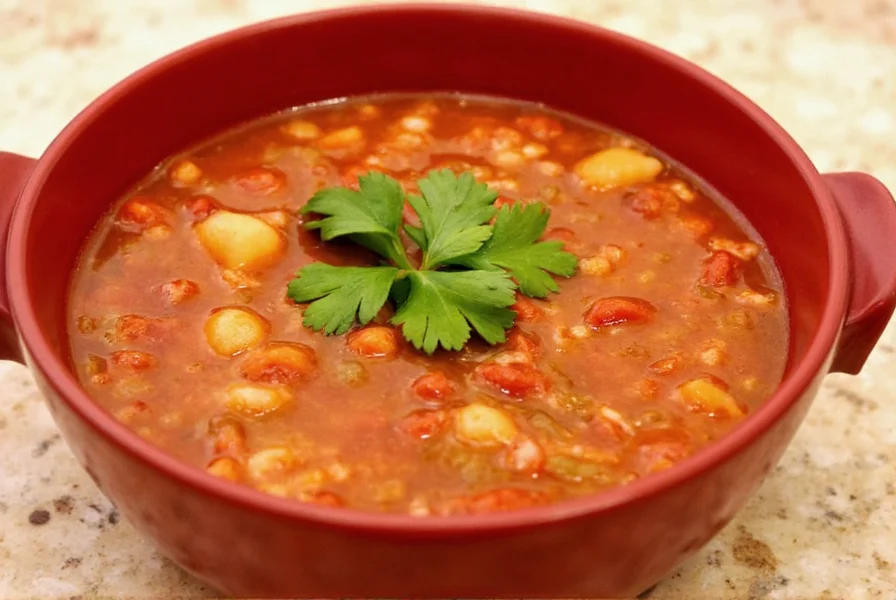
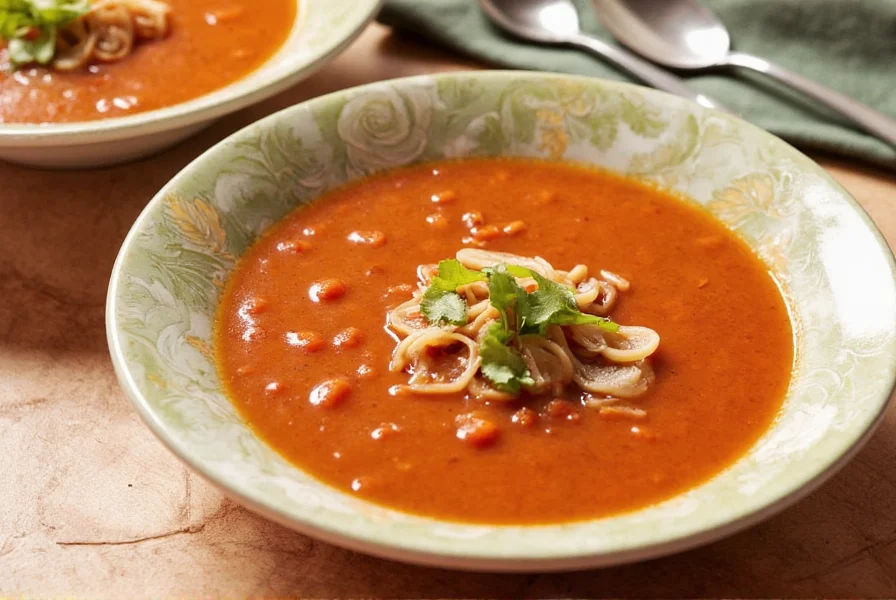
Buying Guide: Best Chiles & Tools for Soup-Making
Whether shopping online or at local markets, select quality ingredients and tools for consistent results:
Dried Chiles
- La Costeña Ancho Whole Dried Chiles
Features: Rich, fruity flavor
Best For: Traditional Mexican soups
Occasion: Weeknight meals, family dinners - El Guapo Guajillo Chiles
Features: Vibrant red color, tart berry notes
Best For: Mole-based or tomato-rich soups
Occasion: Holiday meals, date nights - Herdez Pasilla Whole Chiles
Features: Dark hue, smoky-sweet profile
Best For: Slow-simmered stews and broths
Occasion: Cozy Sundays, autumn feasts
Fresh Chiles
- Hatch Brand Green Chile
Features: Locally roasted, regional varieties
Best For: Tex-Mex or Southwestern-style soups
Occasion: Summer grilling, backyard parties - Cal-Mex Jalapeños
Features: Consistent size and moderate heat
Best For: Fresh salsas and blended soups
Occasion: Casual lunches, taco nights
Essential Kitchen Tools
- OXO Good Grips Immersion Blender
Why: Smooth blending without transferring hot liquids
Best For: Beginners and pros alike - All-Clad Stainless Steel Stockpot
Why: Even heat distribution and durable finish
Best For: large batches and long simmers - Cast Iron Skillet
Why: Ideal for roasting chiles and toasting spices
Best For: enhancing depth of flavor
Frequently Asked Questions
Can I use canned chiles instead of fresh ones?
Absolutely! Canned green chiles are convenient and work well in many recipes. Just drain them and rinse lightly to remove any metallic taste.
How can I make my chile soup less spicy?
You can reduce heat by removing the seeds and membranes inside the chiles. Adding dairy like yogurt or sour cream also helps cool things down. For future batches, try using milder chiles like anchos or poblanos to control the heat level from the start.
Is chile soup healthy?
Yes! According to the USDA, chiles are rich in vitamins A and C, and many recipes use lean proteins and vegetables. Keep it light by using low-sodium broth and avoiding excessive oil. The capsaicin in chiles may even boost metabolism and provide anti-inflammatory benefits.
Can I freeze leftover chile soup?
Definitely! Chile soup freezes well for up to 3 months. Store in airtight containers and thaw overnight before reheating gently. The flavors often deepen and improve after freezing, making it perfect for meal prep.
How long does chile soup last in the refrigerator?
Properly stored in an airtight container, chile soup will stay fresh in the refrigerator for 3-4 days. Always reheat to an internal temperature of 165°F (74°C) before serving to ensure food safety.
What are good side dishes to serve with chile soup?
Chile soup pairs wonderfully with cornbread, tortilla chips, or a simple green salad. For heartier meals, serve with rice or alongside tacos. A crisp beer or margarita also makes an excellent beverage pairing that complements the spicy flavors.
Can I make chile soup vegetarian or vegan?
Absolutely! Simply use vegetable broth instead of chicken stock. For a vegan version, omit any dairy garnishes or substitute with coconut milk or cashew cream. Many traditional chile soups are naturally vegetarian, especially those focusing on the chile flavor itself rather than meat ingredients.
What's the difference between chili (with an "i") and chile (with an "e") soup?
"Chile" (with "e") refers to soup made primarily from peppers (capsicum varieties). "Chili" (with "i") typically describes a Tex-Mex meat stew with beans, tomatoes, and spices. Chile soup emphasizes pepper-centric flavors without meat or bean components.
How do I store dried chiles properly?
Store dried chiles in airtight containers in a cool, dark place. Properly stored, they'll maintain quality for 6-12 months. For longer storage, keep them in the freezer where they can last up to 2 years while preserving their flavor and heat. Avoid humidity which can cause mold.
Can I use multiple types of chiles together in one soup?
Definitely! Many professional recipes blend 2-3 different chiles to create complex flavor profiles. A common combination is ancho (for sweetness), guajillo (for medium heat), and a small amount of pasilla (for depth). Experiment to find your perfect blend—just remember that heat levels are cumulative when combining multiple chile varieties.
Final Thoughts
Chile soup is more than just a meal — it's a celebration of flavor, culture, and comfort. Whether you're new to cooking with chiles or a seasoned pro looking to refine your techniques, there's always something new to discover in the world of chile soup.
From choosing the right chile to mastering roasting and blending techniques, this guide gives you everything you need to craft delicious bowls of flavor at home. So grab your cast iron, fire up the stove, and let your senses take you on a culinary journey through spice country.
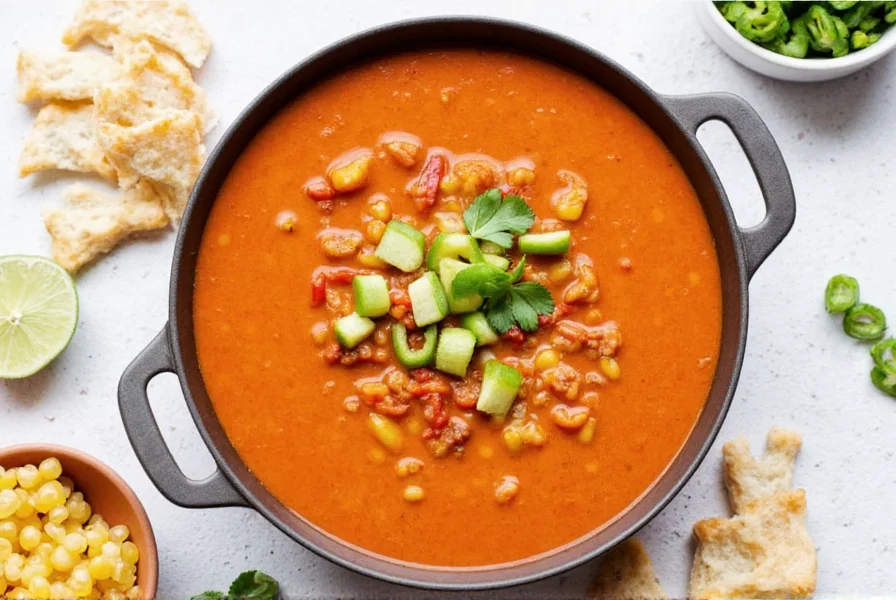
Stay spicy, stay curious, and happy cooking!

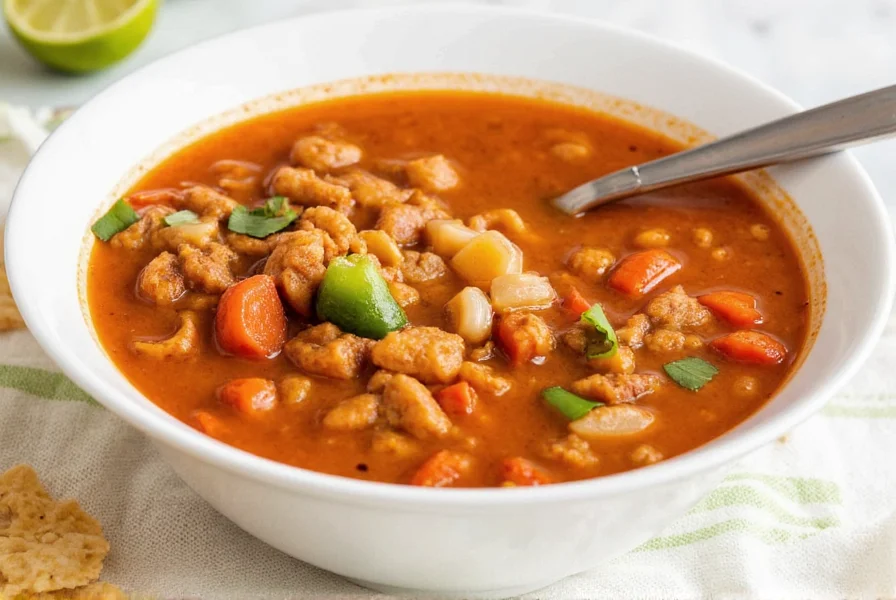









 浙公网安备
33010002000092号
浙公网安备
33010002000092号 浙B2-20120091-4
浙B2-20120091-4